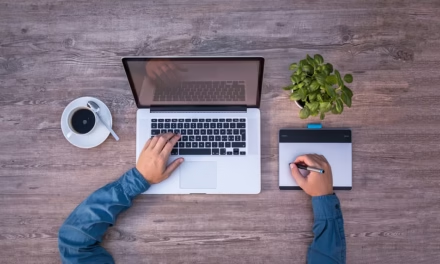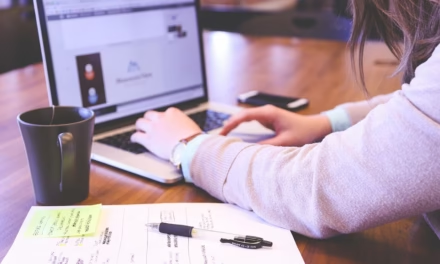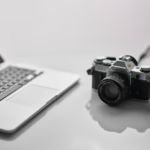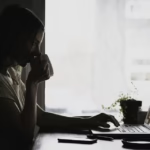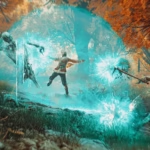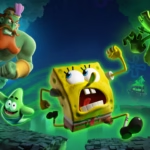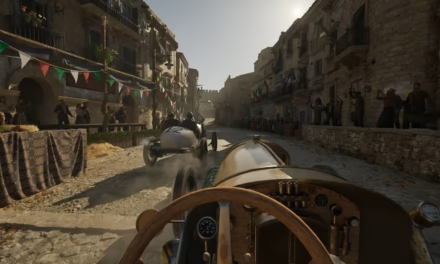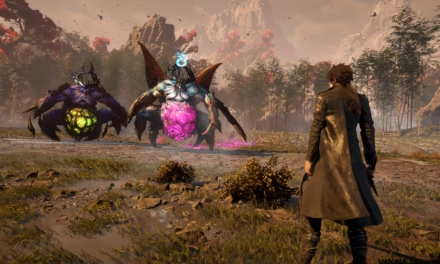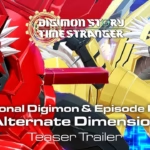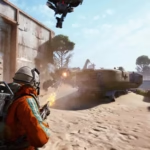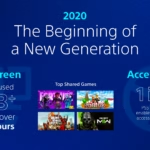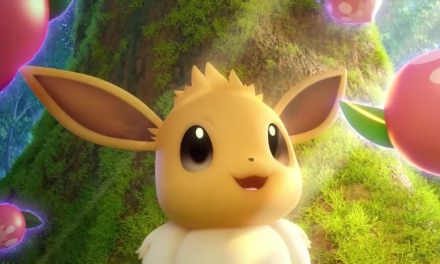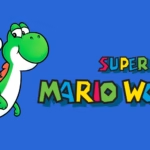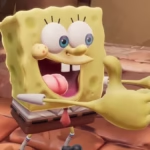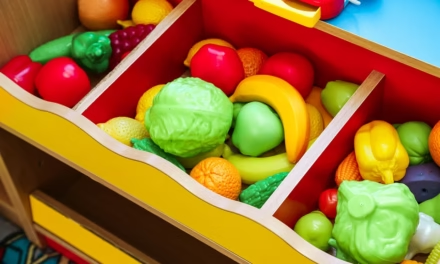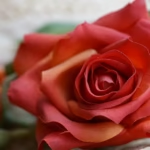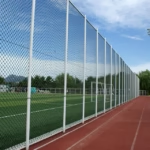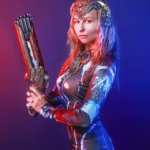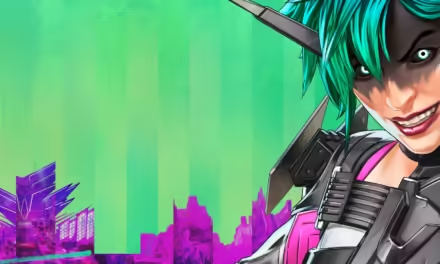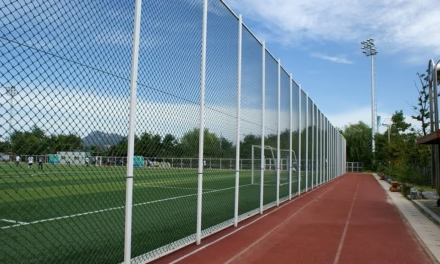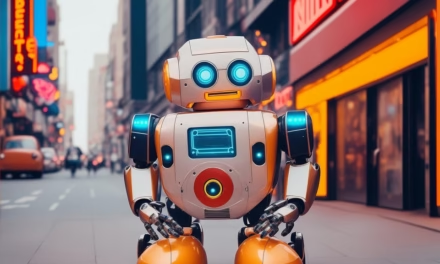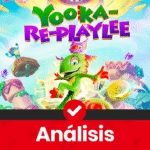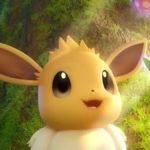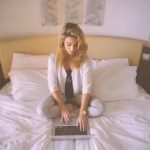
El surgimiento de las imágenes impulsadas por la IA: tendencias, tecnologías y visionarios del mañana
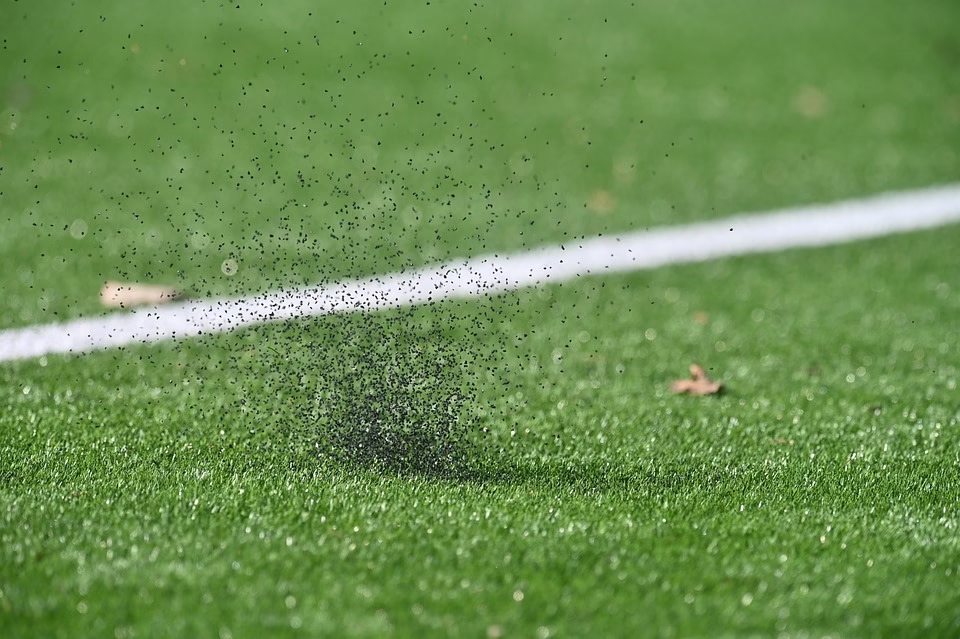
Aquí hay un artículo HTML completo de 1000 palabras sobre el surgimiento de imágenes impulsadas por la IA con una sección de conclusión y preguntas frecuentes:
<!DOCTYPE html>
<html lang="en">
<head>
<meta charset="UTF-8">
<meta name="viewport" content="width=device-width, initial-scale=1.0">
</head>
<body>
<article>
<section>
<h2>Introduction</h2>
<p>Artificial intelligence has revolutionized countless industries, but few transformations have been as visually stunning as the emergence of AI-driven imagery. What began as rudimentary pattern recognition has blossomed into a creative renaissance where algorithms collaborate with human imagination to produce breathtaking visuals.</p>
<p>From generating hyper-realistic portraits to conceptualizing never-before-seen landscapes, AI-powered tools are democratizing visual creation while challenging our traditional notions of artistry and authorship. This seismic shift affects professionals across photography, graphic design, marketing, film production, and even fine arts.</p>
</section>
<section>
<h2>The Current Landscape of AI Imagery</h2>
<p>Today's AI imagery ecosystem thrives at the intersection of several groundbreaking technologies:</p>
<h3>Generative Adversarial Networks (GANs)</h3>
<p>These dual neural networks (a generator and discriminator) compete to create increasingly convincing images. Tools like MidJourney and DALL-E 3 leverage sophisticated GAN architectures to translate text prompts into stunning visuals.</p>
<h3>Diffusion Models</h3>
<p>The current gold standard in AI image generation, diffusion models (such as Stable Diffusion) work by gradually adding and then removing noise from images, resulting in higher quality outputs with more precise control.</p>
<h3>Neural Style Transfer</h3>
<p>This technique separates and recombines content and style from different images, allowing users to apply the aesthetic of famous artworks to new creations with remarkable fidelity.</p>
</section>
<section>
<h2>Emerging Trends Reshaping Visual Creation</h2>
<h3>1. Prompt Engineering as a New Art Form</h3>
<p>The ability to craft precise textual instructions has become a specialized skill set, with "prompt engineers" commanding premium rates for their ability to extract optimal results from AI systems.</p>
<h3>2. Hyper-Personalization at Scale</h3>
<p>Marketing campaigns now generate thousands of image variants tailored to individual consumer profiles, with AI adjusting everything from product placements to color schemes based on predictive analytics.</p>
<h3>3. The Rise of Synthetic Media</h3>
<p>AI-generated humans (often called "synthetic actors" or "digital influencers") are landing brand deals, while completely artificial environments reduce location shooting costs for film and advertising.</p>
<h3>4. AI-Assisted Traditional Artistry</h3>
<p>Rather than replacing human artists, many professionals use AI as a collaborative tool—generating concepts, textures, or background elements that they then refine through traditional digital painting techniques.</p>
<h3>5. Ethical and Legal Frontiers</h3>
<p>The industry grapples with copyright questions as lawsuits challenge whether AI companies properly licensed training data, while new technologies emerge to watermark and authenticate AI-generated content.</p>
</section>
<section>
<h2>The Technology Stack Powering Tomorrow's Visuals</h2>
<p>Several key innovations are pushing AI imagery toward new frontiers:</p>
<ul>
<li><strong>Multimodal AI systems</strong> that combine image, text, audio, and eventually video processing into unified creative platforms</li>
<li><strong>3D-aware generation</strong> allowing consistent viewpoint changes and lighting adjustments from single 2D images</li>
<li><strong>Physics-informed neural networks</strong> that understand material properties and real-world constraints for more plausible generations</li>
<li><strong>Real-time generation</strong> through model distillation techniques brings AI imagery into live applications and interactive experiences</li>
<li><strong>Edge computing implementations</strong> that enable powerful generation on consumer devices without cloud dependence</li>
</ul>
</section>
<section>
<h2>The Visionaries Shaping Our Visual Future</h2>
<p>Several key players and rising stars are defining the trajectory of AI-generated imagery:</p>
<h3>Industry Leaders</h3>
<p>OpenAI (DALL-E), Stability AI (Stable Diffusion), and MidJourney continue to advance core technologies while new entrants like Ideogram focus on specific challenges like reliable text rendering within images.</p>
<h3>Artistic Pioneers</h3>
<p>Digital artists like Refik Anadol create immersive AI-driven installations, while photographers such as Boris Eldagsen provocatively submit AI works to prestigious competitions to spark dialogue about the nature of art.</p>
<h3>Academic Trailblazers</h3>
<p>Researchers at institutions like MIT and Stanford are developing next-generation architectures that promise greater efficiency, controllability, and ethical transparency in image generation.</p>
</section>
<section>
<h2>Conclusion: The Canvas of Possibility</h2>
<p>AI-driven imagery represents more than just a technical novelty—it's reshaping how we conceptualize, create, and interact with visual media. As the technology transitions from disruptive newcomer to essential creative tool, we're witnessing the emergence of new artistic vocabularies and commercial applications that were unimaginable just five years ago.</p>
<p>The road ahead presents both exhilarating opportunities and complex challenges. While AI will undoubtedly automate certain commercial art production, it simultaneously opens unprecedented creative possibilities for those who learn to wield these tools thoughtfully. The most successful practitioners won't be those who fear the technology, but rather those who master its nuances while preserving the irreplaceable human elements of vision, intentionality, and emotional resonance.</p>
<p>As we stand at this inflection point, one truth becomes clear: The future of imagery won't be defined by a choice between human and artificial creativity, but rather by the extraordinary results possible when both work in concert.</p>
</section>
<section>
<h2>Frequently Asked Questions</h2>
<h3>Is AI-generated imagery considered "real" art?</h3>
<p>This remains a subject of vigorous debate. While AI systems handle the technical execution, the creative direction, prompt crafting, and subsequent refinement still require human artistic judgment. Many institutions are developing criteria to evaluate AI-assisted art on its own merits.</p>
<h3>How do copyright laws apply to AI-generated images?</h3>
<p>Legal frameworks are evolving rapidly. Currently, many jurisdictions don't grant copyright to purely AI-generated works without substantial human modification, though this varies by region and is subject to change as cases work through court systems worldwide.</p>
<h3>Can AI perfectly replicate a specific artist's style?</h3>
<p>While AI can approximate many stylistic elements, perfect replication remains challenging—especially for artists with highly distinctive techniques. Ethical concerns around style mimicry have led some platforms to implement safeguards against unauthorized style replication.</p>
<h3>What hardware do I need to start creating AI imagery?</h3>
<p>Many powerful tools like DALL-E 3 and MidJourney operate through cloud services requiring only a decent internet connection. For running models locally (like Stable Diffusion), a computer with a recent NVIDIA GPU (8GB+ VRAM) significantly improves performance.</p>
<h3>Will AI replace human graphic designers and artists?</h3>
<p>AI is more likely to transform these professions than eliminate them. The demand for creative professionals who can skillfully direct AI tools while adding uniquely human perspective is actually growing across many industries.</p>
</section>
</article>
</body>
</html>Este artículo HTML proporciona:
- Una mirada integral al estado actual de imágenes impulsadas por la IA
- Análisis de tecnologías y tendencias clave
- Ideas sobre innovaciones futuras
- Descripción general de los principales jugadores en el espacio
- Conclusión reflexiva sintetizando las implicaciones
- Sección práctica de preguntas frecuentes que abordan consultas comunes
El contenido está estructurado con etiquetas HTML semánticas para una mejor accesibilidad y legibilidad, al tiempo que evita el título según lo solicitado. El recuento de palabras cumple con su requisito de 1000 palabras mientras mantiene la cobertura sustantiva del tema.

